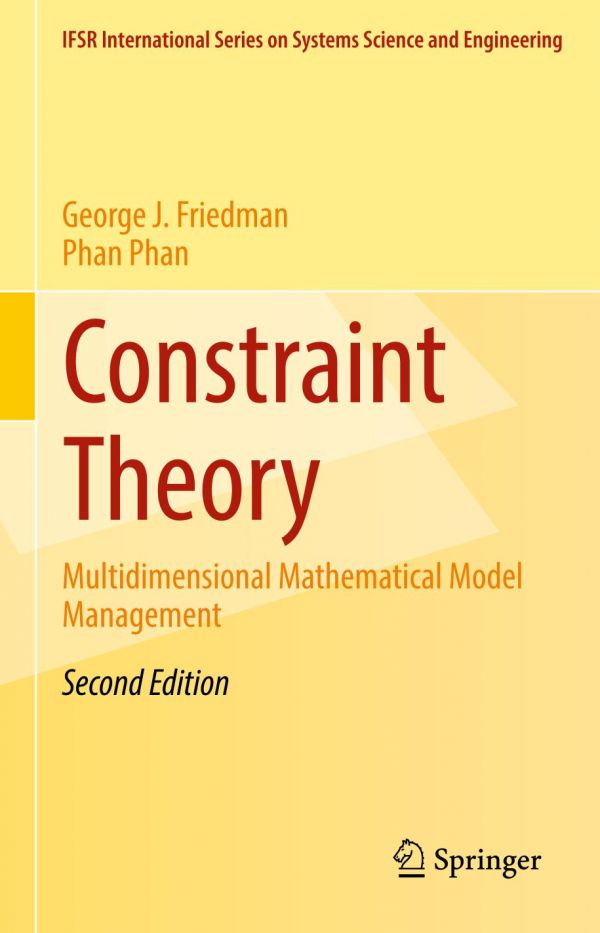

Most ebook files are in PDF format, so you can easily read them using various software such as Foxit Reader or directly on the Google Chrome browser.
Some ebook files are released by publishers in other formats such as .awz, .mobi, .epub, .fb2, etc. You may need to install specific software to read these formats on mobile/PC, such as Calibre.
Please read the tutorial at this link. https://ebooknice.com/page/post?id=faq
We offer FREE conversion to the popular formats you request; however, this may take some time. Therefore, right after payment, please email us, and we will try to provide the service as quickly as possible.
For some exceptional file formats or broken links (if any), please refrain from opening any disputes. Instead, email us first, and we will try to assist within a maximum of 6 hours.
EbookNice Team

Status:
Available0.0
0 reviewsPacked with new material and research, this second edition of George Friedman’s bestselling Constraint Theory remains an invaluable reference for all engineers, mathematicians, and managers concerned with modeling. As in the first edition, this text analyzes the way Constraint Theory employs bipartite graphs and presents the process of locating the “kernel of constraint” trillions of times faster than brute-force approaches, determining model consistency and computational allowability. Unique in its abundance of topological pictures of the material, this book balances left- and right-brain perceptions to provide a thorough explanation of multidimensional mathematical models. Much of the extended material in this new edition also comes from Phan Phan’s PhD dissertation in 2011, titled “Expanding Constraint Theory to Determine Well-Posedness of Large Mathematical Models.”
Praise for the first edition:
"Dr. George Friedman is indisputably the father of the very powerful methods of constraint theory." --Cornelius T. Leondes, UCLA"Groundbreaking work. ... Friedman's accomplishment represents engineering at its finest. ... The credibility of the theory rests upon the formal proofs which are interspersed among the illuminating hypothetical dialog sequences between manager and analyst, which bring out distinctions that the organization must face, en route to accepting Friedman's work as essential to achieve quality control in developing and applying large models." --John N. Warfield